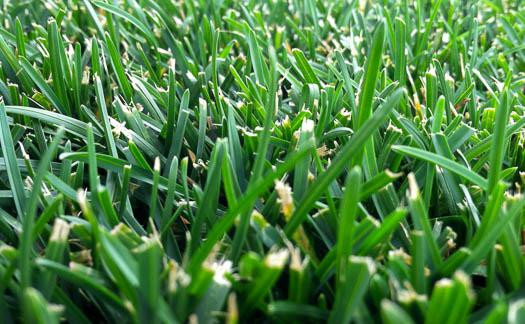The Ultimate Guide To Kentucky Bluegrass
The Ultimate Guide To Kentucky Bluegrass
Blog Article

Practical seed might be made just a few days after pollination, which will allow the plant to reseed even in commonly mowed turf. The modest seed is amber colored and about 1/sixteen inch extended.
It has a quick germination level meaning it could possibly act as a temporary grass when combined with slower escalating grasses including Kentucky Bluegrass while they slowly but surely germinate.
If a inexperienced color is wished-for all summer season, bluegrass will require about 1½ inches of drinking water each week all through sizzling temperature. Significantly less h2o is needed from the spring and the autumn.
Once-a-year bluegrass can be quite a major weed challenge in property lawns and it is a continual nuisance for turf and landscape professionals. Because it is actually a grass weed developing in turfgrass, selectively removing it is very complicated.
Finer resources can be a lot less thick than coarser ones. If seeds of yearly bluegrass get into your mulch, they're able to germinate and build, just as when they ended up in soil. In these cases yearly bluegrass vegetation is usually effortlessly taken out by hand or which has a hoe. Mulch thickness will need to be replenished periodically to maintain go over and do away with light-weight penetration into the soil.
Some thatch is useful, but a lot of retains drinking water and air from achieving the roots and encourages disease and insects.
Kentucky bluegrass has an outstanding capacity to self-mend. Kentucky Bluegrass provides difficult rhizomes underneath the turf area capable of producing leaves.
Kentucky bluegrass is usually combined with other neat-season grasses like tall fescue to reinforce the flexibility of the turfgrass stand to recover from stresses. Kentucky bluegrass is usually confused with tall fescue and/or perennial ryegrass. However, Kentucky bluegrass has a boat-shaped leaf suggestion and exclusive mild-colored lines on either side of the midrib.
When on the lookout get more info right after and taking care of ryegrass, per month-to-month maintenance timetable is the greatest tactic in that it requires a variation of care according to the period.
Tall Fescue: This turf can cope with drought and site visitors. It promotions with reasonable shade and it has a deep root technique to help in progress and warmth resistance. Tall fescue is a wonderful grass for fields and is usually combined with bluegrass to properly deal with sports locations.
Excessive thatch is a standard dilemma in KBG lawns, Specifically ones which have been remarkably fertilized. Thatch gets problematic when too many stems, roots, together with other natural materials lay undigested amongst the grass and also the soil floor.
Bluegrass needs one inch of drinking water per week. Irrigation is just not usually vital through the to start with months of spring in many climates. As purely natural rainfall decreases, commence watering each individual other day to provide one inch of h2o more than the system of every week.
Young grass need to be mowed when it grows above a top of 5 cm from your Slash. Subsequent mowing needs to be quite frequent, but no more than 50 percent of the leaf needs to be taken off at each mowing.
Watering while in the early morning is normally the ideal time. This period minimizes h2o reduction while proscribing how long foliage stays soaked in order to avoid fungus issues.